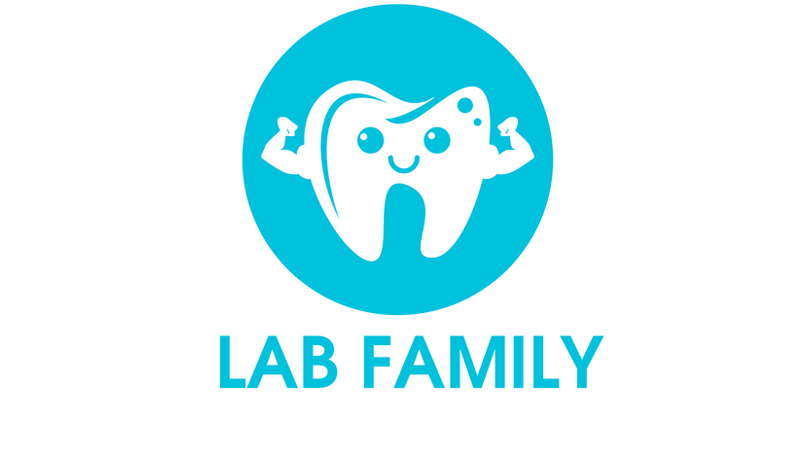Towns and cities away from Platanthera chlorantha (PS1 and you may PS2, PB1–PB4, circles) and you can Cephalanthera rubra (CK1 and CK2, CB1–CB7, triangles) populations within the northern-eastern Poland.
Studies urban area and you will testing
I investigated half dozen P. chlorantha and 9 C. rubra communities in the northern-eastern Poland (Bialowieza and you may Knyszynska Primeval Tree, Szeszupa river valley) within the absolute, semi-absolute and you may anthropogenic communities regarding national and land parks, supplies and you can protected components, such as for example Natura 2000 internet sites ( Fig. 1). While they are based in protected section, of numerous exists for the rail embankments, together ways and you may routes inside forests or perhaps in clearings.
The brand new testing process depended with the people proportions. Leaf samples off nearly all ramets within this populations of every variety was indeed pulled (except inhabitants PS2; Dining table 1); zero examples have been extracted from damaged otherwise very young somebody. One hundred and you can 90-seven samples out-of P. chlorantha and you may 95 products away from C. rubra had been collected. Leaf structure is kept on freeze up until it could be kept during the ?80 °C, pending allozyme investigation. All collected examples were used to own allozyme research.
N, population size; NS, number of samples analysed; NGrams/NW, number of generative ramets/number of vegetative ramets; PPOL, percentage of polymorphic loci; A, mean number of alleles per locus; HO, observed heterozygosity; HE, expected heterozygosity; FWas, inbreeding coefficient; G, number of genotypes, G/NS, clonal diversity; GU, number of unique genotypes; GU %, percentage of unique genotypes (Fischer’s exact test: P < 0.05, **P < 0.01, ***P < 0.001); #, sum of parameters.
N, population size; NS, number of samples analysed; NG/NW, number of Sugar Momma Sites free and single dating site generative ramets/number of vegetative ramets; PPOL, percentage of polymorphic loci; A, mean number of alleles per locus; HO, observed heterozygosity; HE, expected heterozygosity; FIs actually, inbreeding coefficient; G, number of genotypes, G/NS, clonal diversity; GU, number of unique genotypes; GU %, percentage of unique genotypes (Fischer’s exact test: P < 0.05, **P < 0.01, ***P < 0.001); #, sum of parameters.
Allozyme polymorphism
Homogenates were served by grinding brand new departs from inside the a buffer having 2-mercaptoethanol (1%, v/v). Electrophoresis was carried out on 10% starch ties in and you may Titan III cellulose acetate dishes (Helena Laboratories, Beaumont, Colorado, USA) adopting the important electrophoretic procedures. Ten loci (Adh, Gdh, Got-1, Got-dos, Idh-step one, Idh-2, Mdh-step one, Mdh-2, Myself, Pgi, Pgm, 6Pgd, Skd, Sod, Tpi) within the P. chlorantha and 16 loci inside C. rubra (Adh, Got-step 1, Got-dos, Gdh, Idh-step 1, Idh-2, Mdh-1, Mdh-dos, Me personally, 6Pgd, Pgi, Pgm, Skd, Sod, Tpi-step 1, Tpi-2) was basically examined. Two electrode/solution barrier systems were used to resolve chemical systems: GDH and Had (10% lithium-borate lateral starch serum in the pH 8.2/8.3) and you will MDH, SKD and you may TPI (10% histidine-citrate boundary in the pH eight.0/seven.0). Chemical passion staining followed Soltis Soltis ( 1989). One other chemical assistance (ADH, IDH, Myself, 6PGD, PGI, PGM, SOD) was screened having fun with Titan III cellulose acetate dishes, which have been resolved using Tris-glycine buffer at pH 8.6 and you can Tris-citrate buffer from the pH seven.6 (Richardson, Adams Baverstock, 1986). This new chemical staining formulas were centered on Soltis Soltis ( 1989) and you will Richardson ainsi que al. ( 1986), that have modifications.
Analytical analysis
The data matrix of individuals was analysed using the TFPGA package (Miller, 1997), FSTAT 2.9.3 (Goudet, 2001) and GENEPOP 3.2 (Raymond Rousset, 1995) for calculation of standard measures of allozyme diversity: allelic frequencies, percentage of polymorphic loci (PPOL), number of alleles per locus (A), genetic diversity (i.e. observed HO and expected heterozygosity HE) and inbreeding coefficient (FIs). The occurrence of unique alleles was used to describe population distinctiveness (Slatkin, 1985). Deviations from Hardy–Weinberg expectations were tested for the population by the Markov chain method (GENEPOP).
Parameters of within-population genotypic diversity were also estimated. Three different measures of clonal diversity were used: number of observed genotypes (G), number of genotypes unique to a single population (GU) and the probability that the next ramet sampled would be a different genotype (G/NS; where NS is the number of ramets sampled). POL, A, HO and FWas) and population size were tested with Spearman’s pairwise rank correlations (StatSoft, 1995).



